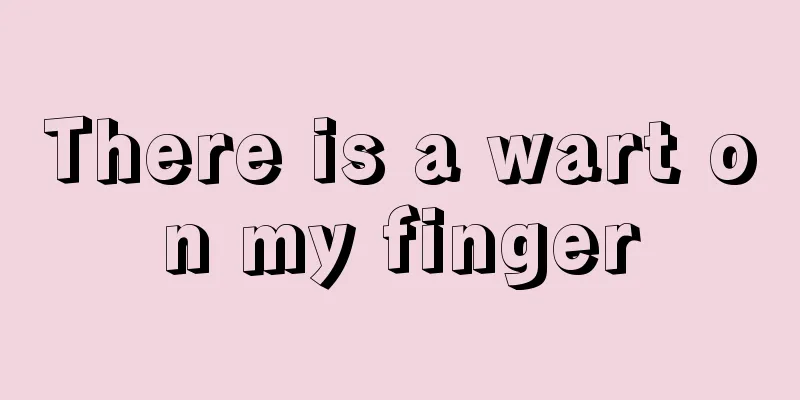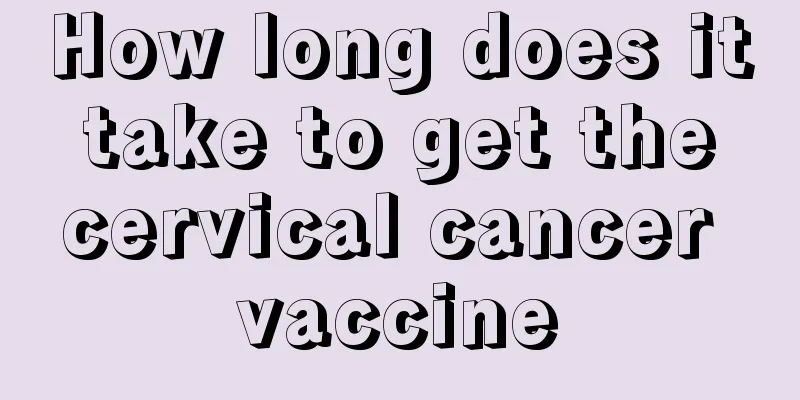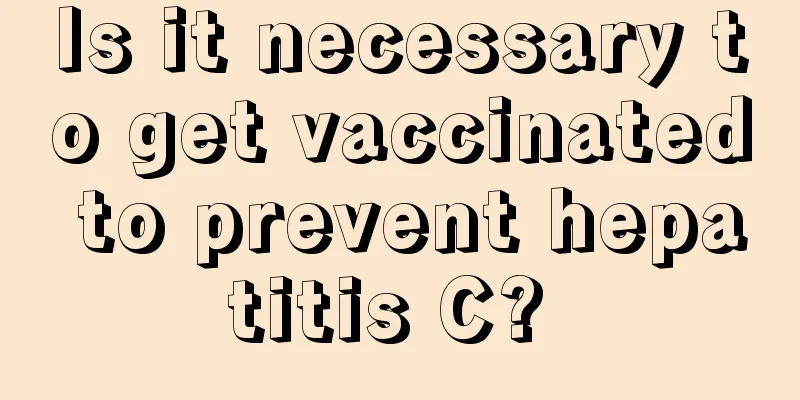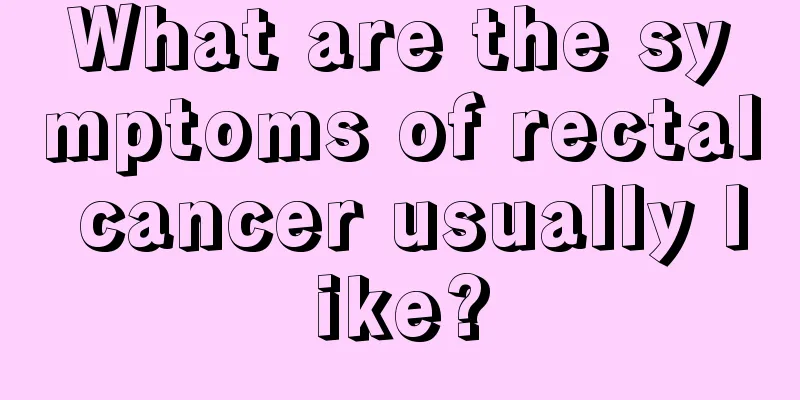There is a wart on my finger

|
Warts usually appear on the surface of human skin without any warning signs. At the beginning, the warts are only the size of mung beans, but in the later stages, the warts will become larger and larger, and may even cause warts to grow in other parts of the body. Warts are also contagious, and generally, contact with warts will cause infection. Some people find that they have a wart on their hands. This protrusion has a great impact on people's use of their hands in daily life. So what should you do if you have a wart on your hand? Warts, known in modern medicine as common verruca vulgaris and in traditional Chinese medicine as ulcers, are contagious and are a type of benign skin tumor that is mainly transmitted to humans by direct or indirect contact with human papilloma. When trauma and low or defective cellular immune function occur, this human papillomavirus will invade the human body and exist in the spinous cells, which can promote cell proliferation, form wart-like lesions, and cause papule-like skin surface symptoms. It includes flat warts, common warts, plantar warts, genital warts, water warts, filiform warts, etc. Warts on fingers are relatively common skin diseases. Many people find that they are difficult to remove and they recur repeatedly. In fact, this is because the treatment is not thorough. Modern medicine generally treats warts from several aspects. 1. Drug treatment: Commonly used drugs for the treatment of warts include fluorouracil ointment, bleomycin intralesional injection, 0.7% cantharidin, 0.1%-0.3% retinoic acid alcohol solution, 3% phthaloethylamine ointment or 3% phthaloethylamine dimethyl sulfoxide ointment, 0.5% podophyllotoxin, 5% imiquimod cream, antiviral drugs, salicylic acid, procaine, etc. 2. Photodynamic therapy: Systemic or topical application of photosensitizers, which cause local cell death after exposure to light, can treat some common warts and genital warts. 3. Physical therapy: Physical therapy includes cryotherapy, electrocautery, laser therapy, and infrared coagulation therapy. It is suitable for a small number of common warts and plantar warts. Because scars may be left, it should be considered with caution. 4. Surgical removal: Some giant warts can be removed surgically, but because the operation can only remove the warts on the surface of the hands, the human papillomavirus still exists in the body and is prone to recurrence after surgery. 5. Dietary conditioning: You should strengthen your diet and eat more foods rich in vitamins to promote skin care. At the same time, you should ensure balanced nutrition and enhance your resistance. It is difficult for viruses and bacteria to invade the body of people with strong resistance. Only people with relatively weak resistance are prone to disease. |
<<: What to do if warts grow on eyelids
>>: What can I do if the yogurt goes bad
Recommend
How to use massage techniques to promote lactation
For a mother who has just given birth, it is impo...
What is the cause of laryngeal cancer?
There are many diseases in the throat area, and l...
Is it good to remove a mole on the face
Everyone loves beauty. Who doesn't want to ha...
Prevention of lung cancer should start with quitting smoking
What is the cause of lung cancer? Why are more an...
At what age should you take vitamin E
Vitamin E is also a nutrient that people's bo...
The chin is not cleanly shaved
Due to the influence of male hormones, men will g...
What are the early signs of colorectal cancer?
People with colorectal cancer must detect and tre...
How to use tomatoes to control prostate cancer
Tomatoes are a kind of food that we often eat, bu...
Is cucumber cold in nature?
Cucumber is the most common vegetable and a dish ...
How to treat right intertrochanteric fracture
Among the current disease incidence rates, the in...
Five major advantages of interventional treatment for liver cancer Risk assessment of interventional treatment for liver cancer
Interventional treatment for liver cancer is a mi...
Can lymphoma be cured? Multiple factors determine it
With the continuous progress of society and the c...
Early symptoms of esophageal cancer
The early symptoms of esophageal cancer include p...
How long does it take for colonoscopy results to come out
Colorectal cancer is a common malignant tumor, in...
What are the benefits of olive oil and water in hair care
Olive oil is an internationally recognized beauty...









